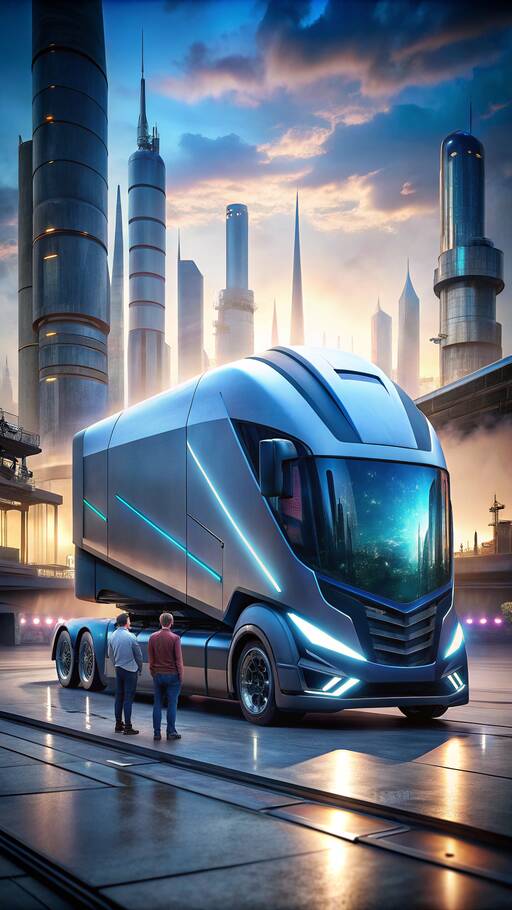
Hydrogen's potential has been recognized for decades, often dubbed the “fuel of the future.” Showcased in iconic vehicles like GM’s 1966 Electrovan and BMW’s Hydrogen 7, it has promised a combustible alternative to fossil fuels. While electric vehicles have taken center stage in green energy discussions, hydrogen remains a viable contender for replacing traditional fuels in engines.
Despite its promise, hydrogen production and distribution face significant challenges:
- Molecular Bonding: Hydrogen often binds with elements like oxygen to form water, making pure hydrogen extraction both costly and energy-intensive.
- Production Techniques:
- Gray Hydrogen: Involves high CO2 emissions from steam-methane reforming.
- Blue Hydrogen: Offers slightly reduced emissions with carbon capture.
- Green Hydrogen: Ideal but costly, relying on renewable energy for electrolysis.
Industry leaders, such as Toyota, are tackling the challenges of hydrogen vehicle development:
- Toyota's Innovations: Implementing a self-pressurizing system in its GR Corolla H2 to manage liquid hydrogen boil-off.
- Collaborative Efforts: Partnerships among major Japanese automakers to advance hydrogen engine technology.
Even with the optimism around H2 ICEs, the existing infrastructure and economic challenges persist. Many stakeholders remain cautious about operational costs, and the transition will depend on significant investments in hydrogen production and distribution.
Hydrogen internal combustion engines present a promising path to a sustainable future, but substantial hurdles remain. Advancements in technology and infrastructure are crucial for hydrogen to compete with the trend towards electrification. For those who relish the traditional sound and feel of combustion engines, there is still hope—but turning the vision of hydrogen into reality will require a collective and concerted effort.